Lawn Care
Though there are many turf pests, here’s some information on the six most relevant species in the lower North Island:
Argentine Stem Weevil (ustronofus bonariensus)
Argentine Stem Weevil (ASW) is a pest in non-endophyte turf ryegrasses throughout New Zealand.
These weevils damage ryegrass tillers by boring into stem bases, and if they reach large enough numbers they can cause significant damage to new lawns.
To identify ASW damage look for dying central leaves in tillers pull lightly and they will come straight out of the plant due to being eaten.
Damage normally occurs from late spring to early autumn new turf is more susceptible and can be confused with drought damage.
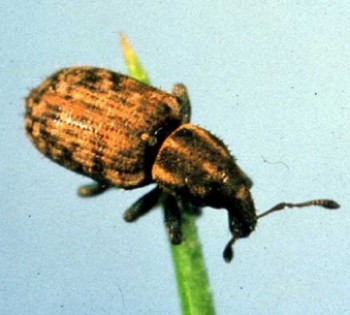
Black Beetle (heteronychus arator)
Black Beetles are a pest from the free-draining soils of the upper North Island, although they are now becoming established in the sandy soils of the Kāpiti Coast.
These beetles have a liking for summer grasses but will readily take to turf, damage is caused by Adult and Larvae alike. Adults feeding on the base and roots of plants in autumn and spring, while larvae feed on the roots from December to March and can seriously damage new turf.
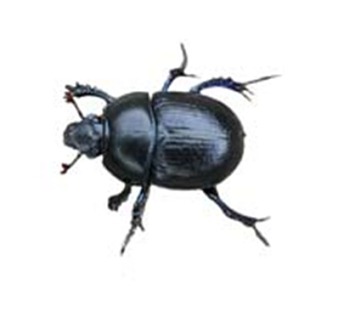
PORINA (wiseana sp)
Porina moths are found throughout New Zealand and attack most grass species.
Porina commonly damage lawns from late autumn through winter. Caterpillars may grow to over 60mm in length and are a dusky grey colour with a dark brown head.
Living in tunnels they emerge at night to feed on grass. Their tunnels are covered during the day with soil castings bound with silken threads.
If lawn damage is noted and casting is also seen remove a spit of soil to a depth of 300mm and look for caterpillars from 4mm-30mm. If a lot of small caterpillars are seen your problem will get worse.
If lawns are well maintained with regular mowing (no long grass), Porina will generally not become an issue.
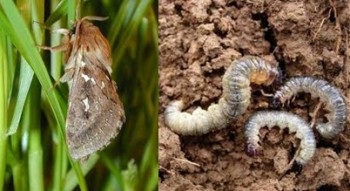
SLUGS (derocerus sp)
Though often not contemplated as lawn pests, eleven species of slugs are found throughout New Zealand, and can seriously effect a new lawn.
Slugs can cause problems on spring-sown lawns enjoying high humidity and moderate temperatures.
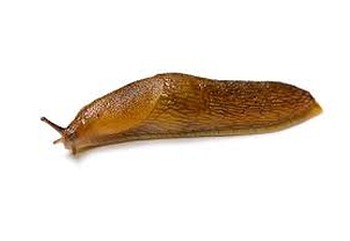
Tasmanian Grass Grub (aphodius tasmania)
Though not common in the lower North Island it is important to distinguish Tasmanian Grass Grubs from the native grass grub larvae. Tasmanian Grass Grubs have a darker head colour (black) and will not normally be found in new turf unless manure compost is used as adult beetles prefer to lay their eggs in dung.
If border gardens have a manure compost they can make their way onto lawns. A small amount of grubs can cause a lot of damage, although good lawn maintenance will again assist in their control.
There are other insect pests that affect lawns. Please let us know if you think your lawn has a pest problem and we will help you identify the right solution.
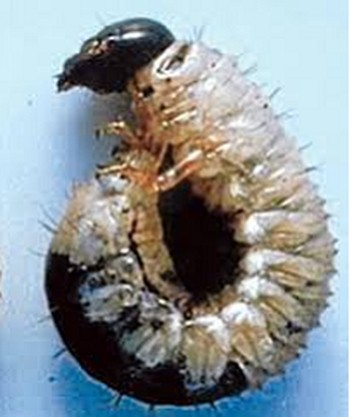
Poor lawn nutrition
Is your lawn looking tired and tatty? Poor nutrition is one of the major causes of patchy, threadbare lawns, and can easily go unrecognised.
We can offer fertilisers that bring your lawn back to life, just let us know and we will check if this is the problem.
Chemical treatments, fertilisers and insecticides are available for these conditions and pests, but it is important to take the right approach. If you think your lawn is suffering, please ask us for professional advice before treatment.
Lawn care calendar
Jan-March Stress period for lawns. Use a seaweed based fertiliser. Keep watered
April-July Apply broadleaf spray and lime
August-Nov Apply urea, nitrogen based fertiliser, broadleaf spray, fertiliser for moss, iron sulphate, sulphate of ammonia
Dec Spray Onehunga weed (prickle weed) before flowering. Keep lawn watered
